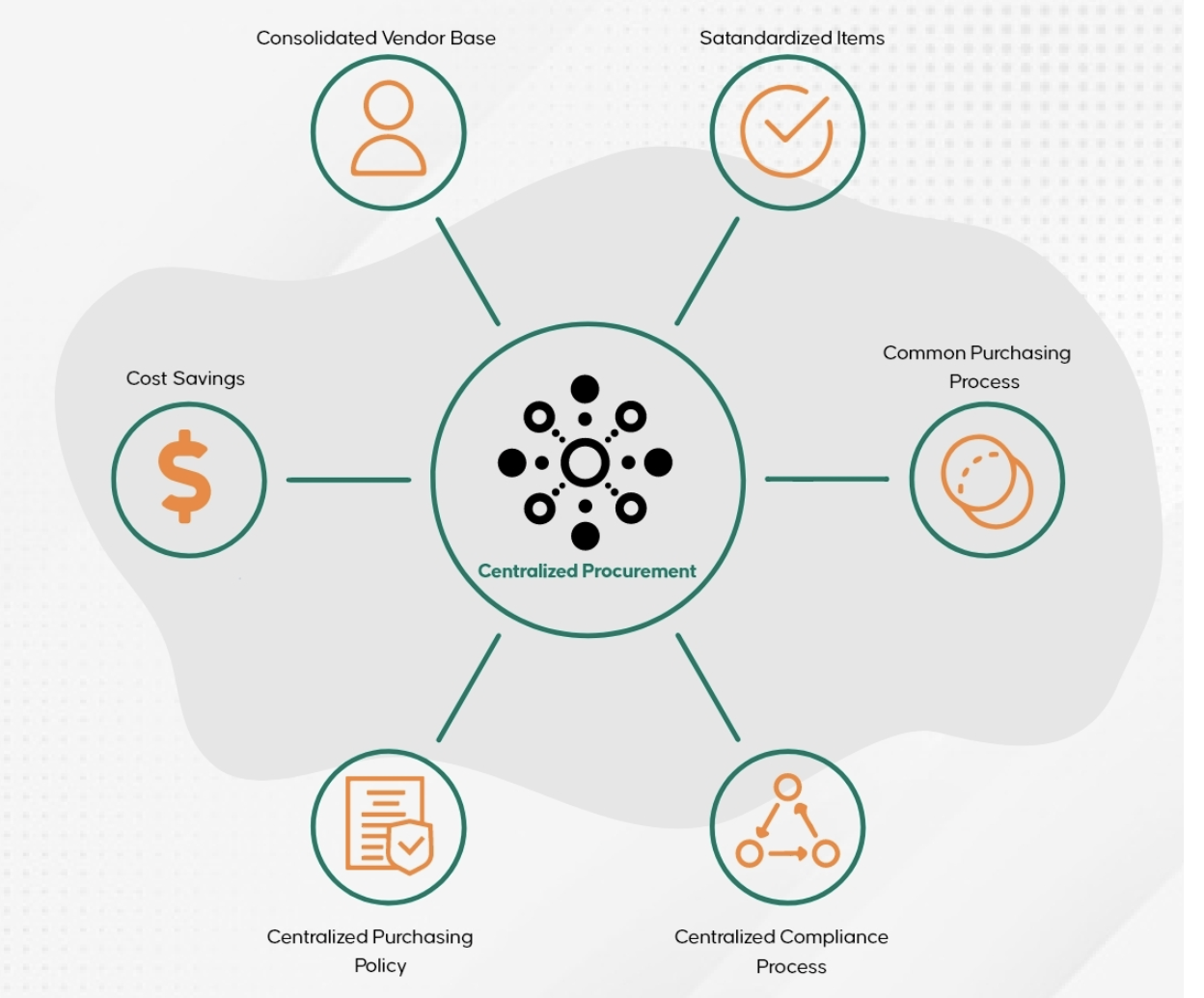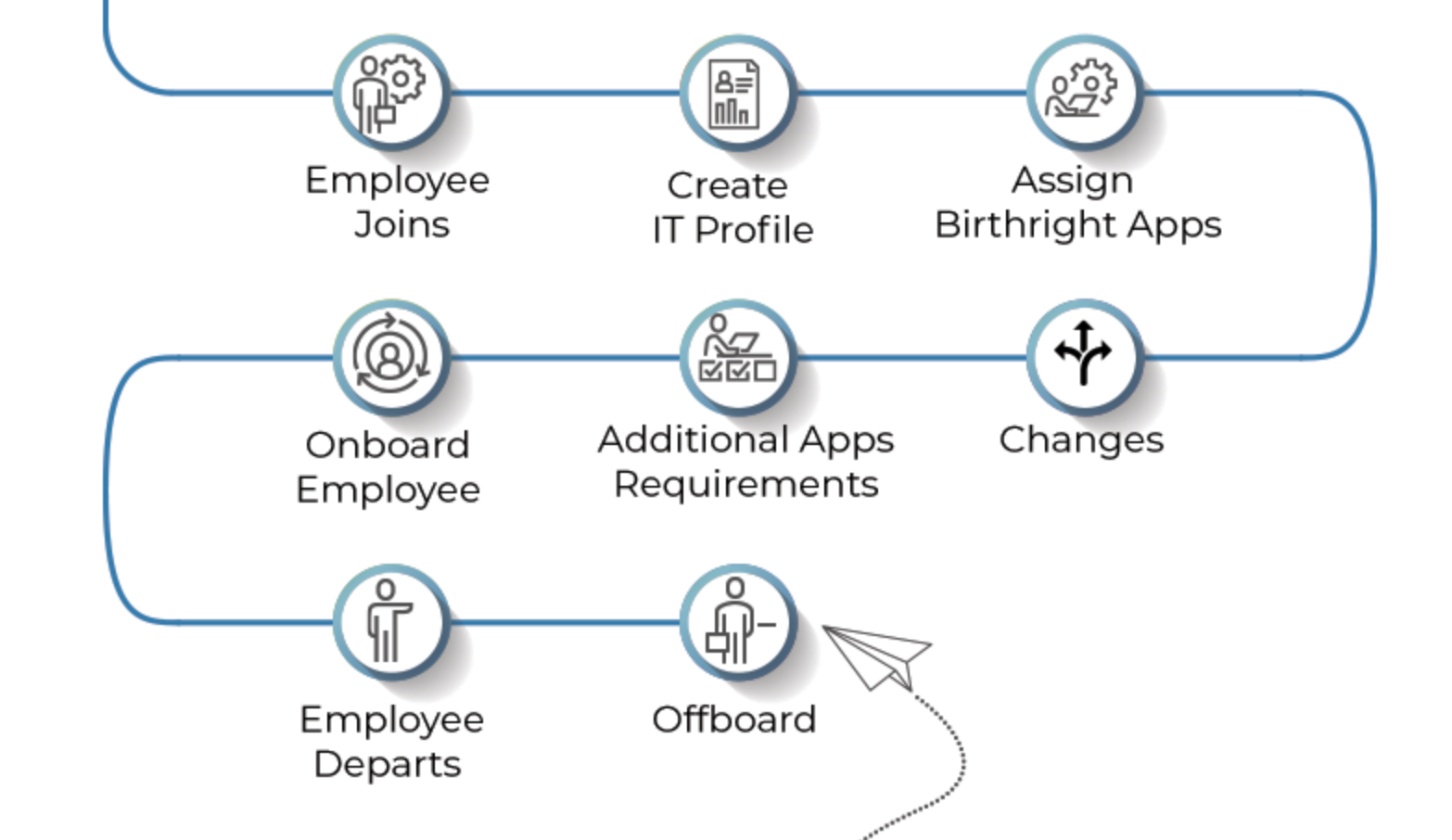How to Improve Your SaaS Vendor Management Strategy
Feb 2nd, 2024
Vendor management in the Software-as-a-Service (SaaS) sector has become increasingly important as organizations continue to adopt a multitude of SaaS solutions to meet their operational needs. With the average company using over 130 SaaS applications, the complexity of managing these vendors has magnified accordingly, making it critical to adopt a systematic approach to SaaS vendor management.
The surge in SaaS adoption has driven businesses to refine their vendor management strategies, as it has become an indispensable aspect of achieving success in today’s market. A significant 73% of businesses have acknowledged the importance of SaaS technologies in achieving their goals, underlining the need for a strategy to manage these vendors effectively.
Moreover, the financial implications of SaaS investments are non-trivial, with a reported average annual cost of orphaned apps reaching as high as $8,520 per subscription. This statistic alone highlights the need for better SaaS vendor management practices to mitigate unnecessary expenditures and ensure that investments in SaaS align with the organization’s usage and value derived.
For professionals tasked with managing contracts and overseeing vendor relations, the push towards more centralized management of SaaS applications within the next five years is a trend to watch and prepare for. This evolution toward centralization will demand a strategic focus on automation, visibility, and alignment with business outcomes to ensure organizations’ SaaS portfolios remain optimized for both performance and cost.
Key Takeaways
- Centralized SaaS management enhances oversight and cuts costs on unused applications.
- Automation of vendor management processes minimizes human error and streamlines operations.
- Regular audits of SaaS utilization can save thousands annually by eliminating redundant apps.
😉 Bonus: Check out our Ultimate Guide to Minimizing Risk with Effective Contract Management.
8 Steps for Achieving Better SaaS Vendor Management
Follow these eight practical steps to improve SaaS vendor management in your organization.
-
Centralize Vendor Management

Image Source: https://aavenir.com/glossary/centralized-procurement/
Centralizing SaaS vendor management through a single procurement process helps companies looking to gain better oversight and control of their software investments. Recent studies predict that by 2026, 50% of companies using multiple SaaS applications will have centralized SaaS management, including monitoring usage metrics via project management tools.
This strategy not only streamlines operations but also provides a single source of truth for all SaaS-related information. Centralization enables companies to identify overlaps in services, ensure that each application delivers value, and make informed decisions about renewals and cancellations, thus preventing the wasteful spend on underutilized software.
-
Automate Management Processes
Automation is a key component for enhancing SaaS vendor management. These features can track vital information such as subscription details, renewal dates, and compliance status. Through automation, companies can ensure accurate, real-time data is available and reduce the risk of human errors and inefficiencies.
-
Conduct Regular Audits
With 71% of organizations having orphaned apps – each costing thousands annually – it’s clear that regular audits can lead to significant cost savings. Audits enable companies to identify underused or unnecessary applications and assess whether the benefits and functionalities of the software align with the current business needs. This ongoing evaluation ensures that every dollar spent on SaaS provides real value to the company and its operations.
-
Negotiate SaaS Contracts
Proactive contract negotiations can yield substantial benefits. Effective negotiation involves understanding:
- Current usage patterns
- Future needs
- The flexibility of services offered by the vendor
By negotiating terms that reflect actual usage and potential scalability, companies can avoid overspending on unnecessary features or being locked into inflexible contracts. This attention to detail during the negotiation phase can lead to better financial management and a SaaS stack that closely matches the organization’s evolving requirements.
-
Improve Visibility into SaaS Use
Enhancing visibility into SaaS use across an organization enables more informed decision-making. Having a comprehensive view of SaaS app usage allows managers to determine which software is essential and which doesn’t suit the needs of the business.
By implementing monitoring systems that track engagement and active use, companies can identify redundancies and opportunities for consolidation. This improved visibility can both guide procurement strategies and drive effective deployment of resources, giving employees access to the tools they need to be productive while avoiding the costs associated with underused software.
-
Manage the SaaS Lifecycle
Effective lifecycle management of SaaS products involves the entire spectrum of use, from procurement to renewal or termination. This kind of holistic approach requires establishing clear policies for the adoption, integration, and eventual phase-out of all SaaS applications.
Lifecycle management helps companies align software portfolios with current business strategies, while also preparing to adapt to future changes. By actively managing the SaaS lifecycle, companies can avoid automatic renewals for unnecessary services and ensure that their SaaS suite evolves in tandem with their business objectives, thereby optimizing both functional and financial performance.
-
Enhance Security Measures
Prioritizing cybersecurity within SaaS vendor management helps safeguard company data and maintain customer trust. A comprehensive security strategy should include:
- Regular assessments of potential vulnerabilities
- Adoption of strong data encryption
- Enforcement of access controls and user provisioning

Image Source: https://www.spiceworks.com/it-security/identity-access-management/articles/what-is-user-provisioning/
These measures protect sensitive information from unauthorized access and ensure that the company remains compliant with applicable data protection regulations. Keeping security at the forefront of vendor management can prevent costly breaches.
-
Focus on Vendor Relationships
Cultivating strong relationships with SaaS vendors can lead to improved service quality and support. Vendors are more likely to consider your company’s feedback in their product roadmaps and updates if you have a collaborative relationship.
This approach also positions your company favorably for negotiating contract terms, as vendors often reserve better deals for trusted partners. By treating vendors as strategic partners rather than mere service providers, companies can ensure a mutual commitment to achieving shared objectives and may also gain insights into emerging industry trends and technologies.
Streamline Contract Management with Contract Logix
Contract Logix’s contract management platform provides businesses with a single, comprehensive interface for monitoring and executing contract tasks. With a full suite of cutting-edge contract management features like automated reminders, custom workflows, and AI-assisted data extraction, Contract Logix can help your organization get maximum value from your contracts.
Interested in learning more about Contract Logix? Request to see a demo today.
Looking for more articles about Contract Management? Check out our previous article “How to Align Your Contract Management Goals with Organizational Goals“.
Navigate CLM Success With Contract Logix
Download our Data Extraction Product Brief to learn how you can begin to navigate CLM success by automating the hard work using artificial intelligence with one of the best Contract Management Software’s on the market today


